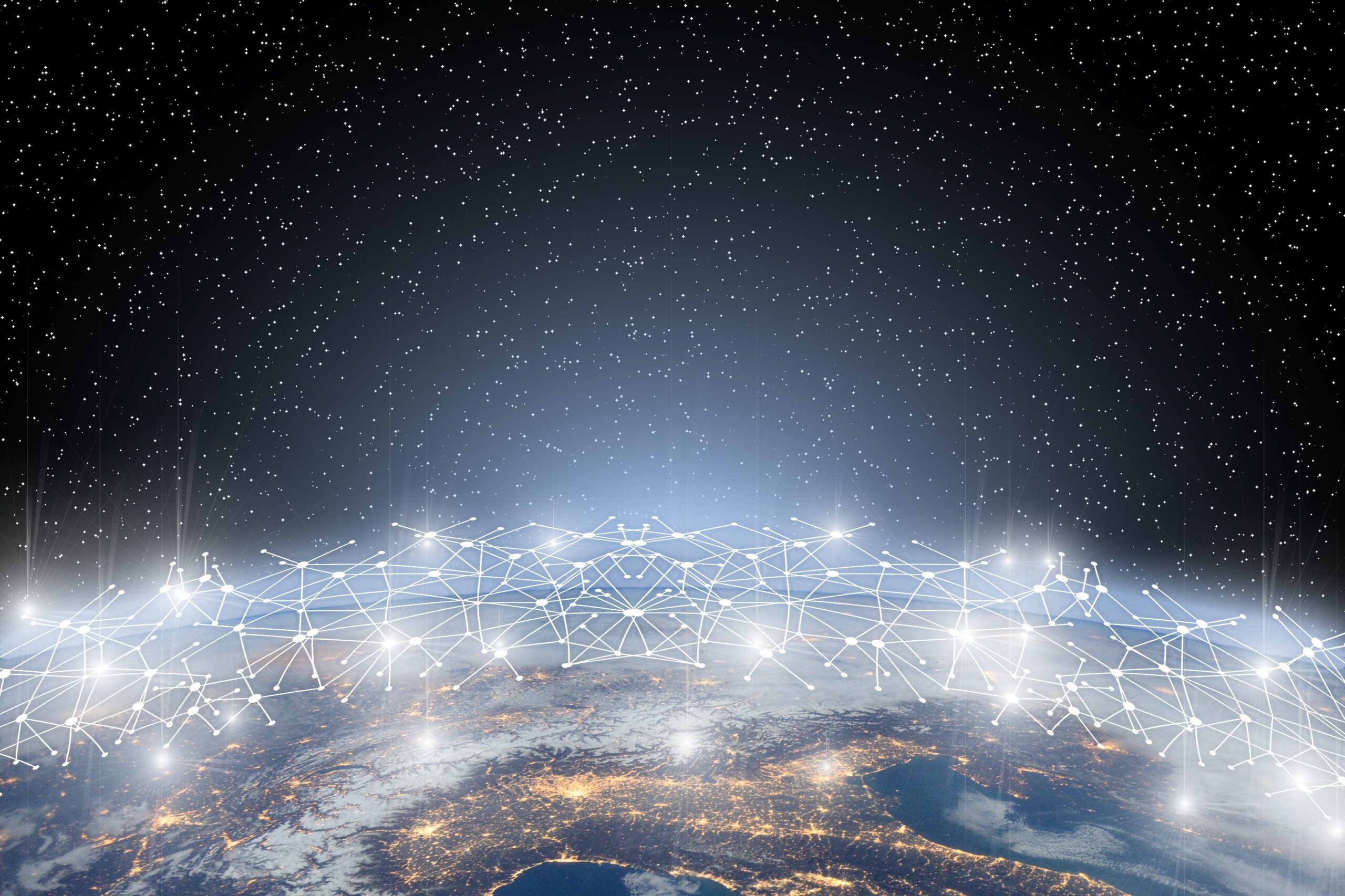From small mom-and-pop shops to large automotive corporations, organizations often have limited control over their supply chain. This was particularly evident during the COVID-19 pandemic in the retail industry. While unexpected demand spikes were partly to blame, supply constraints exacerbated the issue and led to stock-outs. The automotive industry is also experiencing similar challenges post-pandemic, with waiting periods for new cars extending to several months and many companies unable to provide realistic delivery dates due to unprecedented supply disruptions of critical components.
However, imagine a world where organizations collaborate closely and exchange data bidirectionally on forecasts, orders, production plans, inventory levels, lead times, and shipments. Such collaboration would enable them to better understand and meet customer expectations while running their operations efficiently. Fortunately, new technology developments, such as schema aware data exchange through cloud and specialized application partners who have onboarded multiple organizations onto their platform, offer solutions that can help enable this in an accelerated manner for traditional enterprises.
Small and medium businesses, such as mom-and-pop shops, face significant challenges in surviving in the rapidly evolving digital world. To address these challenges, emerging technologies such as web3.0, open API stacks, marketplaces, and government/institutional platforms are bringing together various stakeholders such as businesses, service providers, producers, technology players, data providers, and government organizations to orchestrate seamless and decentralized operations. In India, some of the examples of such platforms are India stack, which connects identity, payments, and data through open APIs, ONDC for open network for digital commerce, and ULIP for integrated logistics. These platforms provide a level playing field for all stakeholders and enable the ecosystem to thrive.
The customer dimension plays a crucial role in any supply chain story. By implementing an immersive supply chain using cutting-edge technologies like metaverse, IoT, and geospatial data, enterprises can provide granular visibility into the product journey, empowering customers and improving their experience. Additionally, such technologies help enterprises anticipate demand and facilitate automated replenishments to consumers’ kitchen shelves or refrigerators. As technology continues to evolve, a truly boundaryless supply chain is becoming increasingly feasible.



